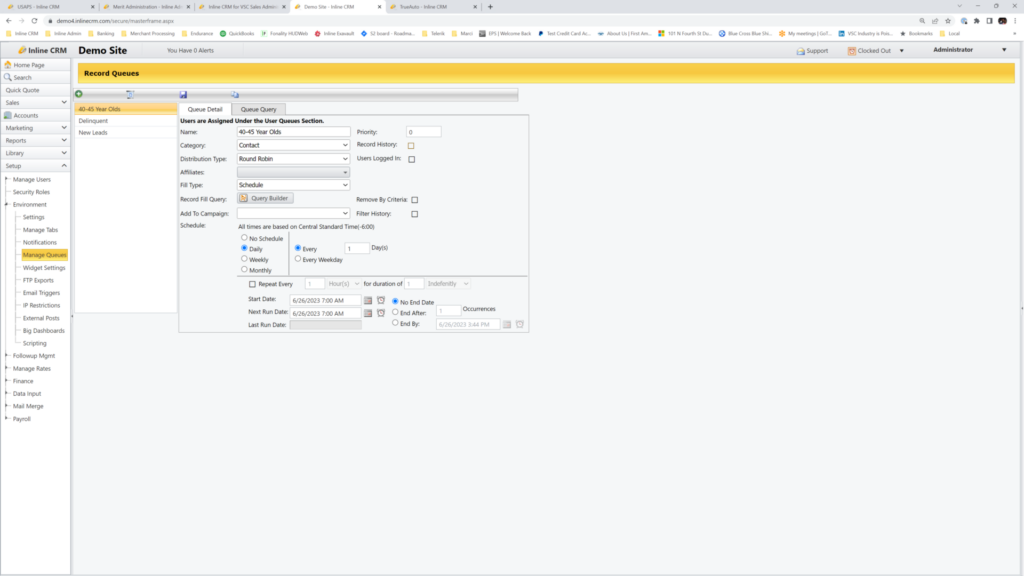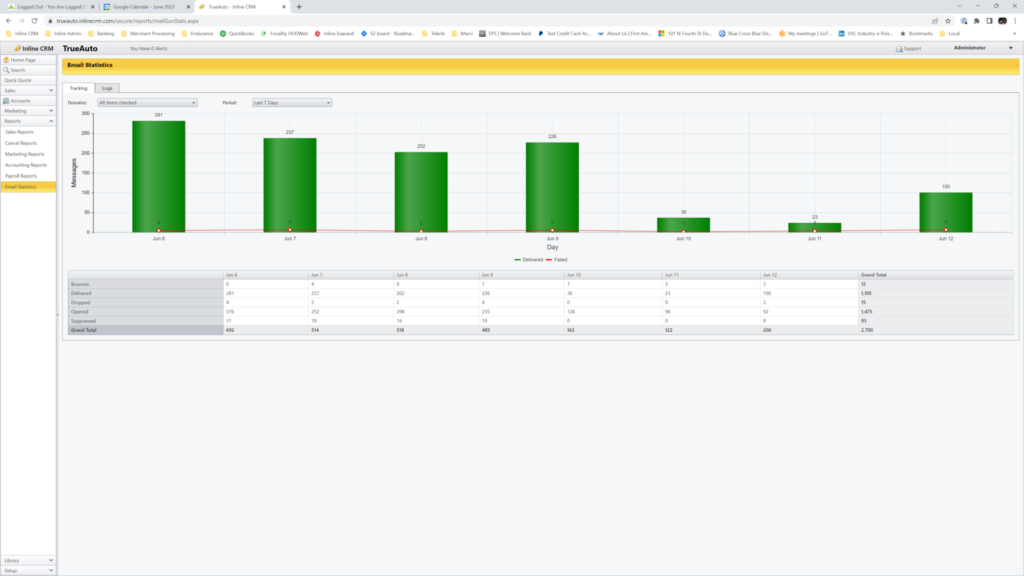Let’s face it: Some “leads” are a timesuck.
In fact, a recent survey shows that salespeople — that’s you — spend 50% of their time on prospecting activities that go nowhere. Wouldn’t it be nice to focus your attention on better leads? Just think how much bigger your commission payout would be.
So, let’s explore what you can do to better qualify sales leads and boost your conversion rate.
Tip #1: Really, Really Understand Your Audience
Who are you selling to?
That’s the most important question any business can answer.
Yes, it’s someone who could benefit from an extended warranty. But you need to be more specific than that.
Much more specific.
Do they drive trucks or SUVs? Do they live in a ranch-style home or a condo? When are they most likely browsing the internet? What was their favorite stuffed animal as a child?
The truth is, if you don’t know who you’re selling to, you won’t know how to sell to them. You won’t know what messaging should be front and center, what will make them most likely to sign up… or what will make them interested in what you have to say to begin with.
According to a recent survey, companies with well-defined customer profiles see their win rates jump by 68%! So, if you haven’t spent the time — and yes, it does take some time — to identify the ideal slice of your target market, you need to do that. Yesterday.
Tip #2: Score Your Leads
Your customers shouldn’t be just another number.
But your leads? Well, that’s another story.
You only have so many waking hours to connect with leads — so you need to make each minute matter. And the best way to go about qualifying sales leads is to assign each prospect a score based on how much they match your ideal prospect profile (that’s why you need to build one first).
Here’s how it works.
For example, if your best lead drives a 2012 Ford Fiesta and you have a track record of selling more policies to Ford owners, they would score higher than someone who drives a Honda. Their odometer displays a certain number of miles? Bonus points.
The higher their score, the more effort you should put into getting their business — and the less time you should end up spending to convert them.
Need proof?
Companies that use a lead scoring process see a 77% increase in lead gen ROI! In other words, start scoring your leads and start watching your revenue ramp up.
Inline CRM has complementary functionality.
Here’s an example.
Let’s say your leads score higher if they are between the ages of 40 and 45. You can create a data query for those leads you have reached out to in the past, put them in a queue and then assign them to specific users.

Tip #3: Use Surveys to Screen
A surefire way to develop a negative impression among your leads is to be seen as a bother. You need to remember your prospects value their time, too.
That’s where pre-qualification surveys can come in handy. These offer a proactive approach to gathering key information. So, if you have a call scheduled with a lead, you can send a three question survey just to learn more about their situation and identify their fit for your services.
This makes you look good for a couple of reasons.
First, you’re engaging with them and showing you want to understand their needs or wants.
But there’s also a semi-selfish reason: If their answers don’t align with what you’ve identified as being valuable when qualifying your sales leads, you know upfront that you should reset your expectations.
Oh, and according to Qualtrics, companies that use pre-qualification surveys see a 23% rise in conversion rates.
Tip #4: Look At Your Your Data
Some of your marketing channels are working better and are more profitable than others.
But do you know which mediums are doing the heavy lifting? And if not, why not?
There’s really no reason to be in the dark, especially if you’re marketing where and when your prospects are most likely to engage with your messaging.
And there’s absolutely zero excuse if you’re using Inline CRM’s custom web-based reports. There’s an almost literally infinite treasure trove of reports begging you to explore. Everything from cancel percentage per acquisition channel to open rates of pre-qualification emails to, yes, your most profitable marketing channels.

Believe it or not, per a LinkedIn report, less than half of sales teams (48%) are using data to understand closed-lost deal patterns. And barely more than half (56%) are using data for qualifying sales leads.
If you use data like it’s meant to be, you’ll have a leg up on your competition.
Tip #5: Constantly Review and Reasses
If you follow the first four tips, you might want to start coasting. But please, don’t fall into that trap.
Inertia is a slow and steady killer. There will absolutely, 100% be something you can improve when you analyze your first reports. And even when you make those necessary adjustments, you’re still not done.
In fact, you’ll never be done. There is always, always something new you can test:
- Pricing
- Saves attempts
- Tweaks to your sales script based on your customer persona
Why is tweaking so important? According to the Harvard Business Review, companies that review and optimize their sales process increase their revenue by nearly 17% in just one year!
Start Qualifying Your Leads
If you add up all of the increases in revenue, win rates, etc. mentioned in this blog, you get a figure nearing 200%.
You’d like a 200% better chance of selling an extended warranty, right?
Then take our extended warranty CRM for a test drive. It’s free, with absolutely zero obligation.





